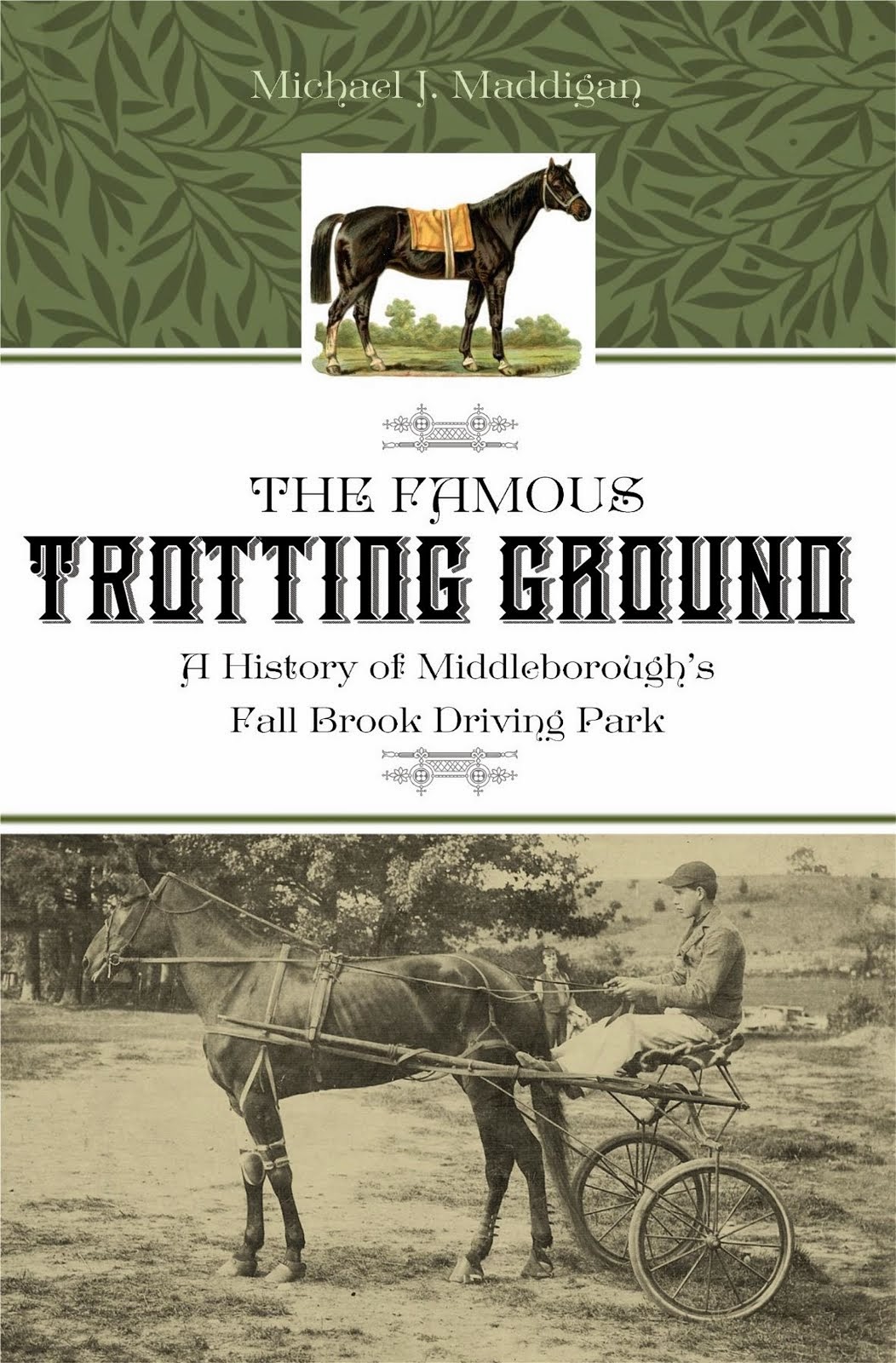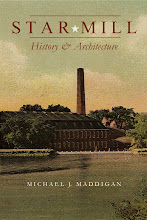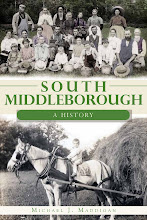"I want to ride my bicycle, I want to ride my bike. I want to ride my bicycle, I want to ride it where I like."
Bicycling as a recreational pastime and a means of transport flourished in late nineteenth and early twentieth century Middleborough. Not all were pleased with this development, however, including resident curmudgeon James A. Burgess who wrote the following to the Middleboro Gazette in 1908 regarding "Reckless Bicycle Riders":
"I have a few words to say on the recklessness of bicycle riding and what rights the human family has to the highway today. Under the old common law the highway belongs first to the person on foot, but the thing has been reversed, and today he is the last person who has any rights on it. And what rights has he?
"The bicycle rider has come and come to stay. He rides more on the sidewalks in this village and town than he does anywhere else, outside a small section in the centre. Take for instance the sidewalk across the rear of the town house lot. It is safe to say that five bicycle riders out of six ride on that walk. And I am told that women who live in that section don't pretend to come out, much less to attempt to cross it evenings....
"Tuesday night, upon crossing [the Four Corners], I was hit by a bicycle rider and thrown flat upon my back. The young man did not stop to see if I was injured, which I was not. He is known. Now if he will call around and see me, I will apologize for being in his way and guarantee that I will never be there again if I can help it."
Fortunately for Burgess, the bicyclists pictured here confined their riding to the rural precincts with the Green being a conspicuous locale.
Bicyclist, Middleborough Green, 1912.
For many like the gentleman pictured here, bicycles represented a relatively inexpensive means of transportation. Automobiles had not yet been popularized and, like horses, remained expensive and impractical for many young industrial workers who found employment in local factories. Meanwhile, trolleys and the steam railroad were limited in geographic scope. The bicycle, however, allowed individuals the freedom to explore and travel.
Middleborough bicycle enthusiasts, photograph by John A. Belden, c. 1900.
The two women pictured here represented a new generation of bicycle riders. Previously many women had been much dependent upon male relations to convey them about so the bicycle represented a new independence for them. Susan B. Anthony maintained that bicycle-riding had "done more to emancipate women than anything else in the world."
Lady bicyclist, Middleborough Green, late 1800s
Women bicyclists were sometimes criticized for riding about the countryside unescorted which some found shocking. More dismaying for conservative-minded individuals was the adoption of bloomers by lady bicycle riders which made riding both safer and easier. The woman pictured here, however, remained more modestly dressed in her ankle-length skirt. Such skirts, however, required a different design for women's bicycles and explains why the top tube (or brace) on the frame of a woman's bicycle was substantially lower than on bicycles ridden by their male counterparts.



























+of+Smoky+Mountains+018.jpg)